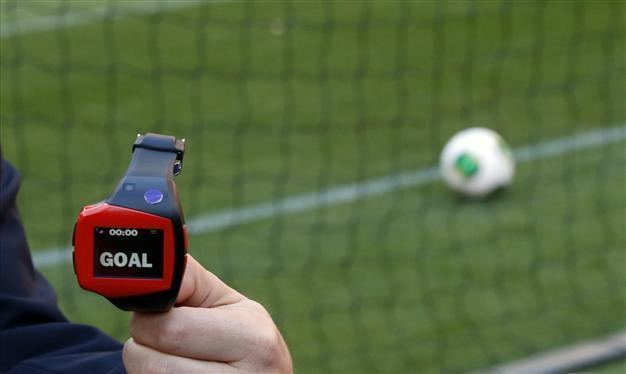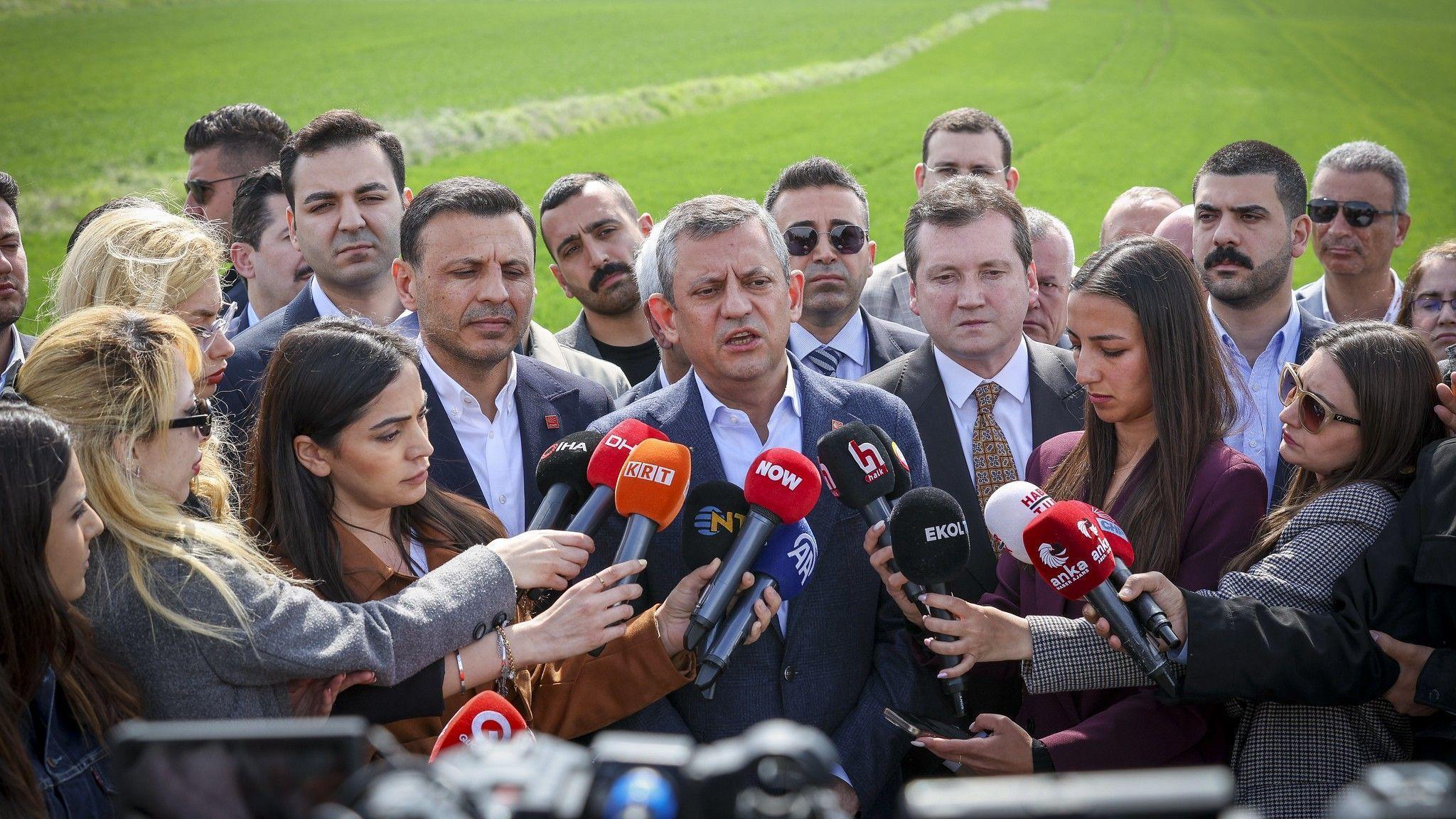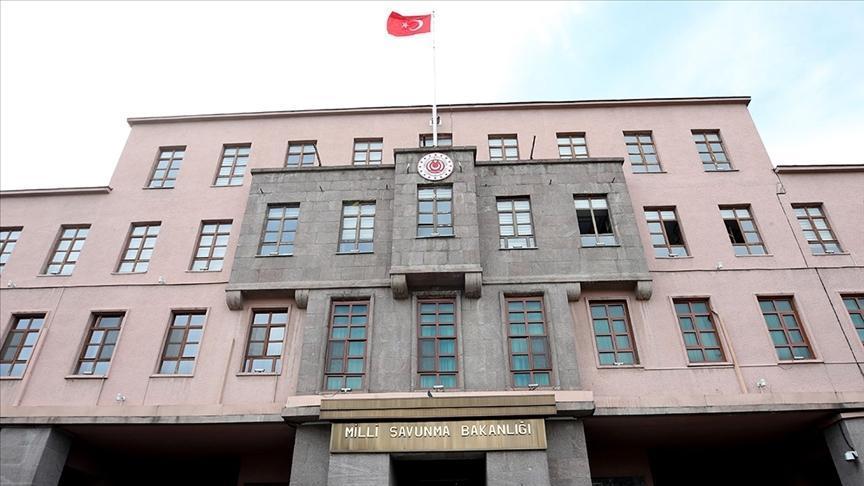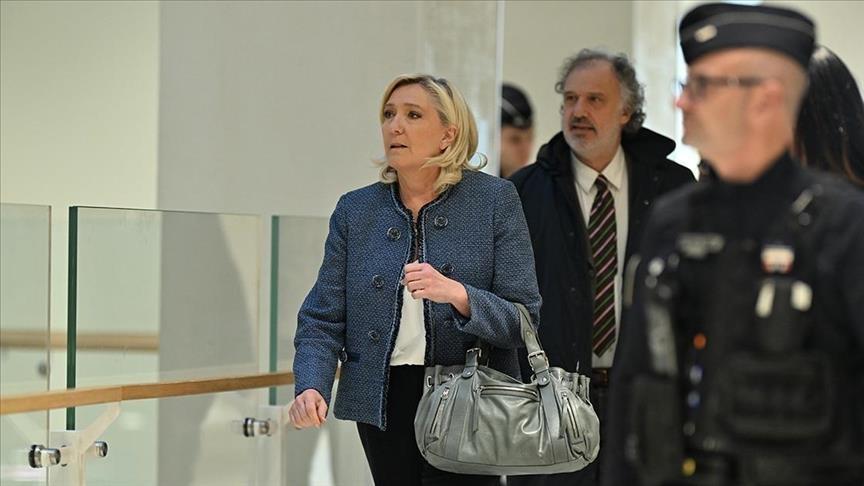Two more goal-line technology systems could be used
ZURICH - Reuters

A FIFA official holds a wrist watch used as part of the Hawk-Eye goal-line technology. REUTERS Photo
Goal-line technology will be used at the 2014 World Cup and two more systems could be considered in addition to the existing pair, football’s world governing body FIFA said today.Two systems, Hawkeye and Goalref, have so far been licensed by FIFA and both were used at last year’s World Club Cup in Japan, one in each of the two stadiums, where goal-line technology was employed for the first time.
FIFA said a third system, developed in Germany, had already passed examinations and that the providers were in licensing discussions. A fourth system, also German, has also been tested with the results due this week.
FIFA confirmed goal-line technology was “successful” at the World Club Cup, although there were no incidents where it had to be used.
It intends to install goal-line technology at all 12 venues at the 2014 World Cup in Brazil.
“After a successful implementation of goal-line technology (GLT) at the Club World Cup in Japan in December 2012, FIFA has decided to use GLT at the Confederations Cup Brazil 2013 and 2014 World Cup,” FIFA said in a statement.
“The aim is to use GLT in order to support the match officials and to install a system in all stadia, pending the successful installation, and pre-match referee tests.
“With different technologies on the market, FIFA has launched a tender today, setting out the technical requirements for the two forthcoming competitions in Brazil.”
FIFA said Hawkeye and Goalref would have to join the selection process.
Goal-line technology providers had been invited to join an inspection visit to the six Confederations Cup venues in March. Those venues will all be staging matches at the following year’s World Cup.
The use of goal-line technology, to help match officials in cases where it is not immediately clear if the ball has entered the goal, was approved by football’s rule-making body, the International Football Association Board (IFAB), last year.
The use of goal-line technology had previously been rejected by FIFA, which performed a U-turn following the controversy over Frank Lampard’s disallowed goal for England in the 2010 World Cup match against Germany.
Replays clearly showed that the ball had crossed the line after bouncing down off the underside of the crossbar, but match officials did not award the goal. Germany, 2-1 ahead at the time, went on to win 4-1.
However, goal-line technology is not favored by European football’s governing body UEFA, which instead prefers to employ two extra linesmen, one on each goal line.
FIFA president Sepp Blatter has already said that extra linesmen are unlikely to be used at the World Cup.
Many critics think that football should go further and allow the use of video replays to help referees make decisions concerning offside, handball and fouls.
Referees have to make split second judgments with the naked eye while millions of television viewers are treated to slow-motion replays, from different angles, which often show clearly whether the official was right or wrong.
















